Known for its medicinal properties, diversity of types and preparation (hot, cold, neutral, sweet and even spicy), tea is the second most-consumed non-alcoholic drink in the world, just behind water. Invented in China, the drink is more than 5,000 years old, being taken to Japan by Buddhist monks and disseminated in Europe by Portuguese Jesuits. Tea is rooted in the culture and tradition of several countries, such as sadō or chanoyu (tea ceremony in Japanese), England’s famous “five o’clock tea” and even chimarrão, popular in southern Brazil.
Tea or Infusion? It depends!
The drink is only considered tea if the infusion is made with the plant of the species Camellia sinensis that gives rise to green, black, oolong and white tea. What changes between these types of teas is the process of preparing their leaves, such as the level of oxidation and fermentation. That is, the correct term for drinks made with other plants is “infusion” – but for simplicity, we will use the term “tea” for all infusions on our list.
Read more: All about the Indian tea, one of the world’s best
List: 10 teas and infusions to prepare at home
In Ancient China, giving tea as a gift to someone else was considered a symbol of “bonding”, since plants grow in fertile soil. Likewise, we hope you enjoy the list we have prepared with 10 teas and natural infusions for you to try.
White Tea
White tea is considered the healthiest among those from the Camellia sinensis plant because it uses younger leaves and sprouts and consequently is less processed. For this reason, it contains a higher content of antioxidants than other teas from the same plant. It has a delicate flavour and, because it requires greater care in processing (eg, manual harvesting of leaves), it is also more expensive than green and black tea.
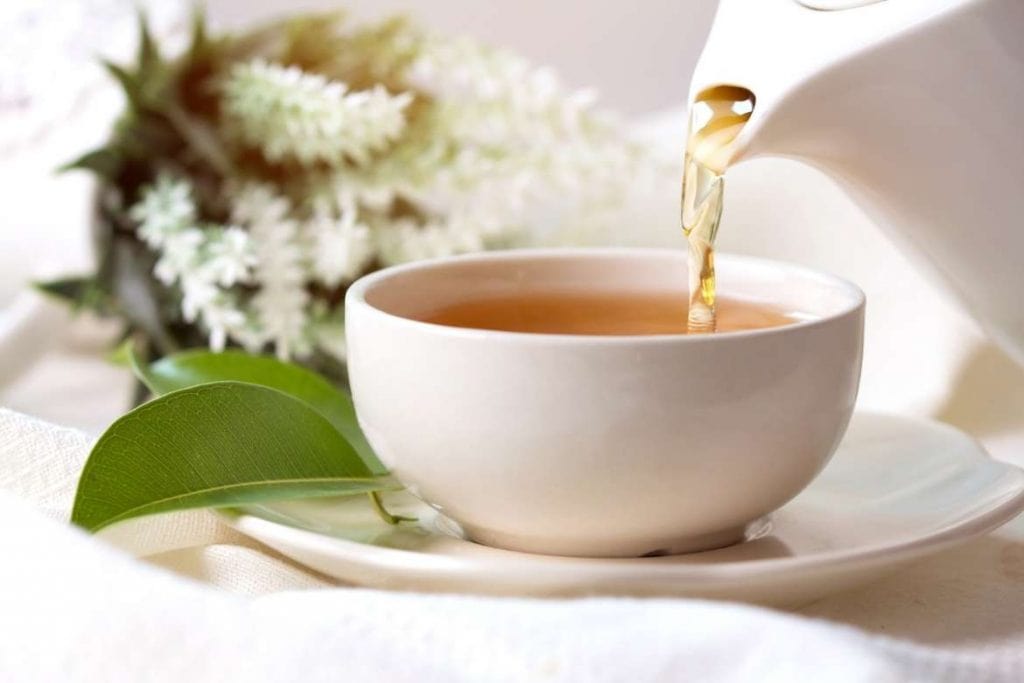
Green Tea
Green tea, another that is derived from the leaves of Camellia sinensis, is widely consumed for its medicinal properties, especially for catechins, an antioxidant that prevents cardiovascular disease, some types of cancer and diabetes. Like white tea, green tea undergoes a very light oxidation process, which contributes to maintaining its distinct herbal flavour. Studies suggest that green tea components interfere with the absorption of lipids and carbohydrates, which is why it is well known on the list of weight loss teas.
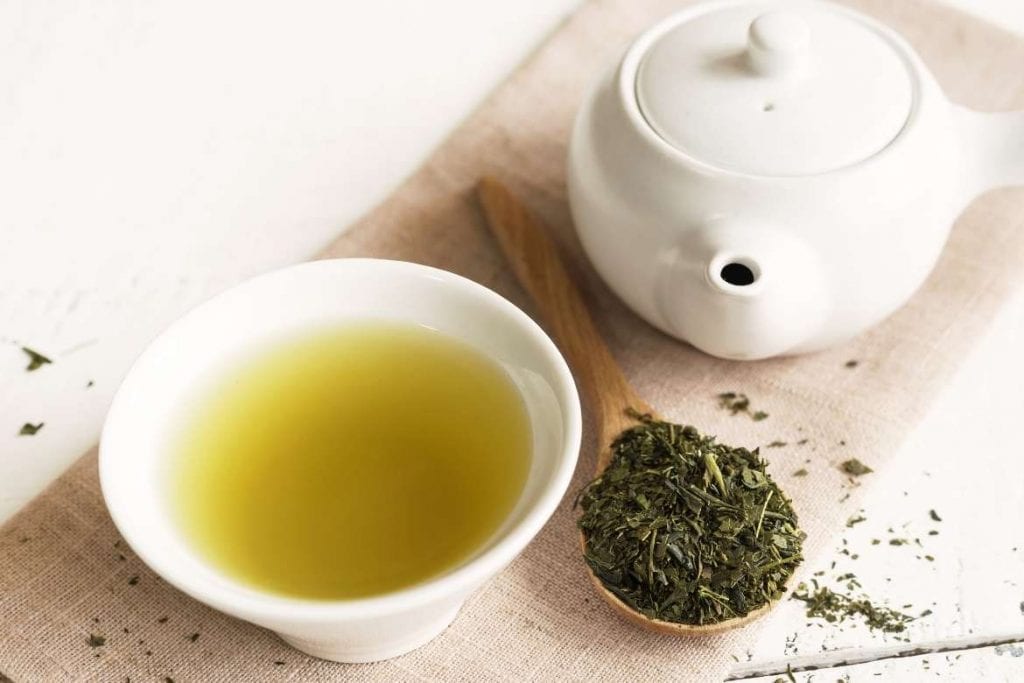
Black Tea
The most fermented and oxidized of all teas, black tea is one of the most consumed in the world. In England and India, it is common adding milk to the tea, as is the case with the famous Indian Masala Chai. With high oxidation content during its processing, black tea has a greater amount of caffeine and a more pronounced flavour compared to teas extracted from the same plant. It is rich in theaflavins, which can prevent cardiovascular disease.
Read more: The 10 most traditional drinks in India
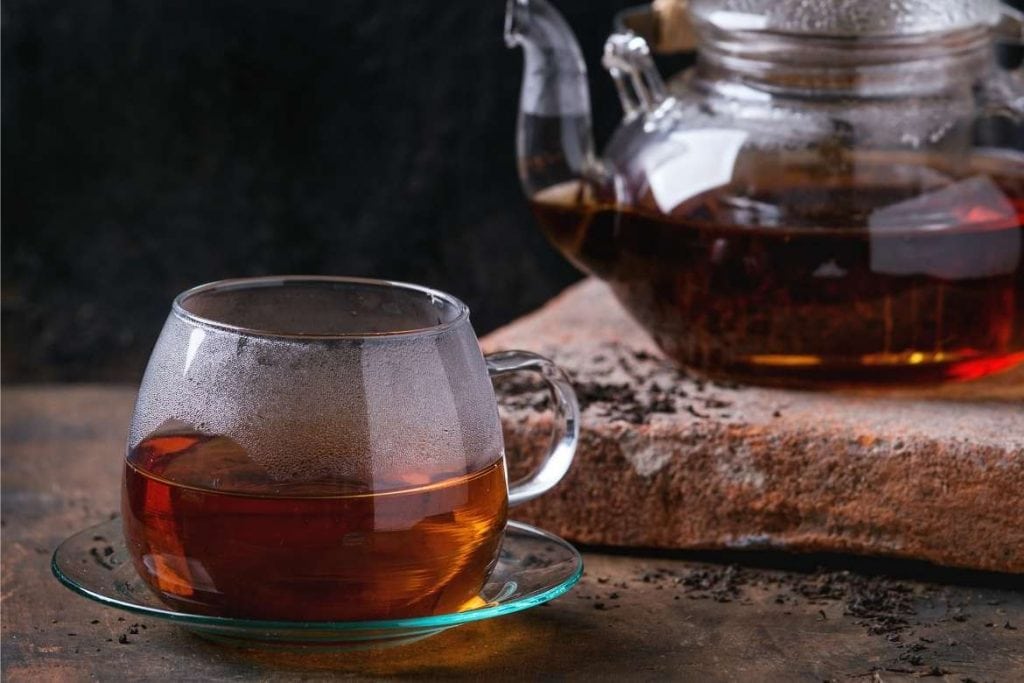
Cinnamon Tea
Cinnamon has been used since the old days and was once very valuable, a delicacy that was offered to kings. It is obtained from the bark of the trunk of two different species of trees: Cinnamomum zeylanicum, known as true cinnamon, native to Sri Lanka (formerly Ceylon) and Cinnamomum cassia, native to China and most commonly found.
Rich in antioxidants, it has anti-inflammatory action, decreases cholesterol (LDL) and blood sugar levels, in addition to reducing insulin resistance. To enrich the tea, you can add cloves, ginger, apples and honey.

Hibiscus Tea
This red-coloured tea is made with hibiscus flowers (Hibiscus sabdariffa). In Egypt, Hibiscus tea is served at weddings and is also called Karkadeh.
Rich in vitamin C and antioxidants, Hibiscus tea has several benefits such as lowering blood pressure and cholesterol level, diuretic action, in addition to preventing the accumulation of fats in the body, being used in weight-loss diets.
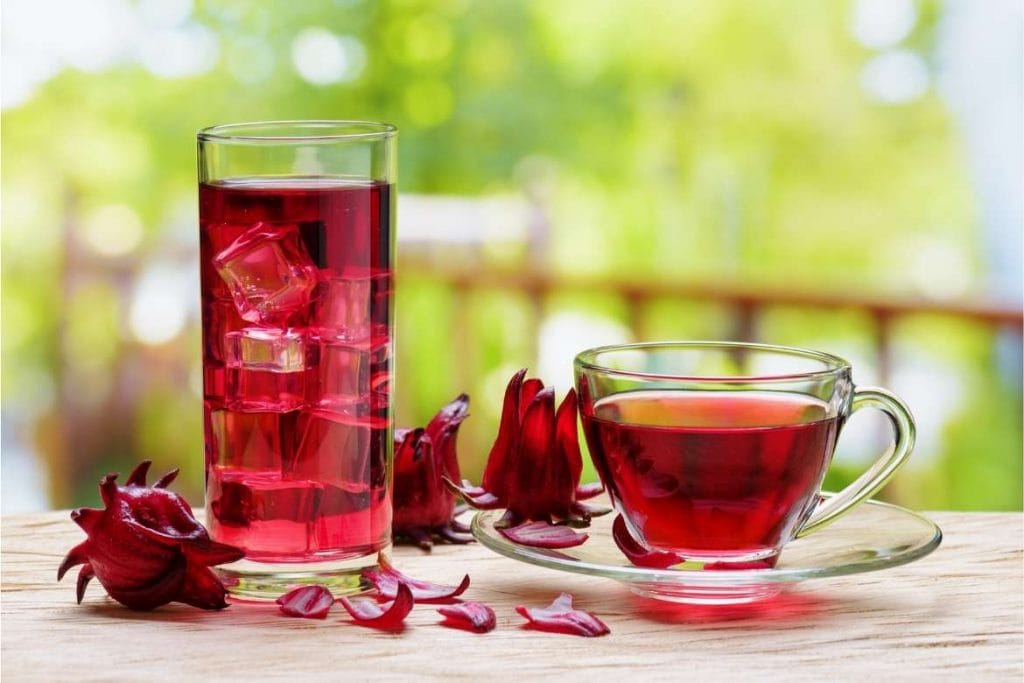
Chamomile Tea
Chamomile tea is made with flowers from the Chamomilla recutita plant, one of the teas most used by popular wisdom, whether to “calm the nerves”, soothe babies’ gums or to treat stomach pains. The calming effect is due to the flavonoid apigenin and its anti-inflammatory property occurs because it contains several antioxidants.
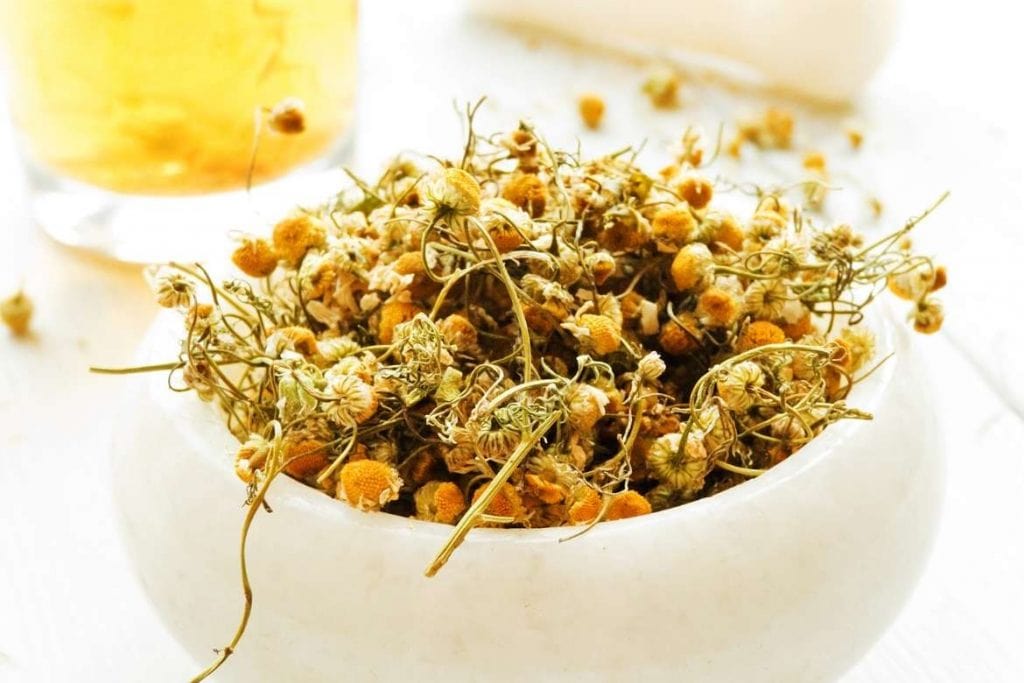
Rosemary Tea
Rosemary (Rosmarinus officinalis) is native to the Mediterranean region, its leaves are widely used as a spice and also in teas. Rosemary has a healing action (topical use) and Rosemary tea is a good digestive, indicated for gas relief and indigestion. Contains rosmarinic acid and carnosic acid, potent antioxidants and anti-inflammatory action.
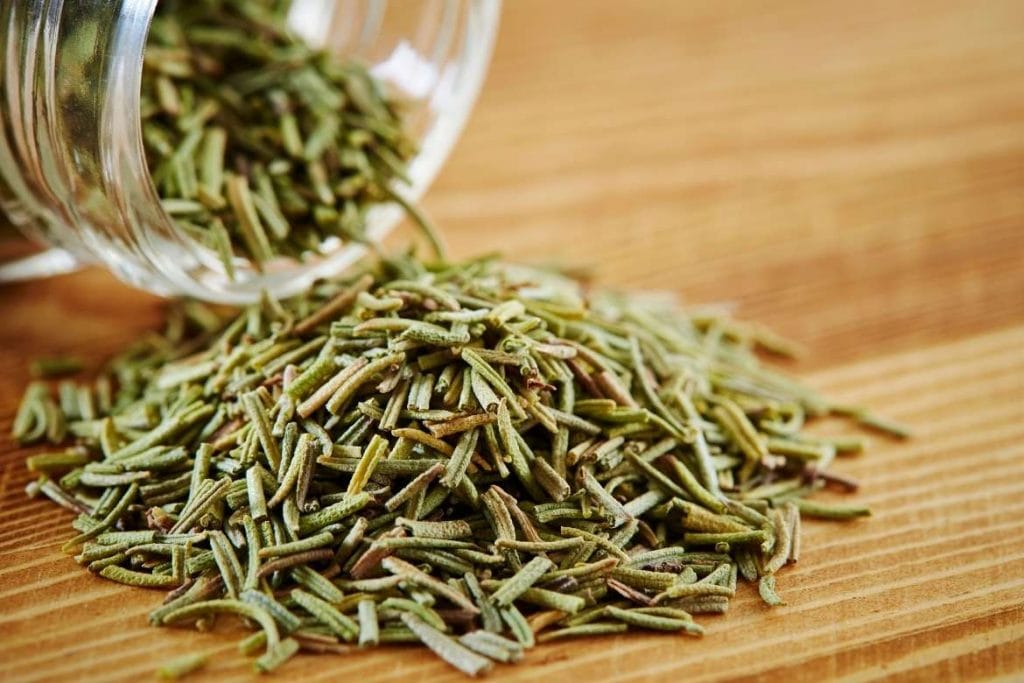
Fennel Tea
The fennel tea (Pimpinella anisum) is widely used in the treatment of colic in babies. In addition to having an expectorant and antimicrobial action, another benefit of the natural infusion of fennel is hormonal regulation since the herb contains estrogen-like components, decreasing the symptoms of menopause.

Mint Tea
Who never ate too much and then called for a mint tea? Mint is very easy to plant in pots at home and its leaves have digestive action due to the presence of flavonoids, which are also potent antioxidants. Mint tea is also indicated to relieve nausea, nausea and gas.
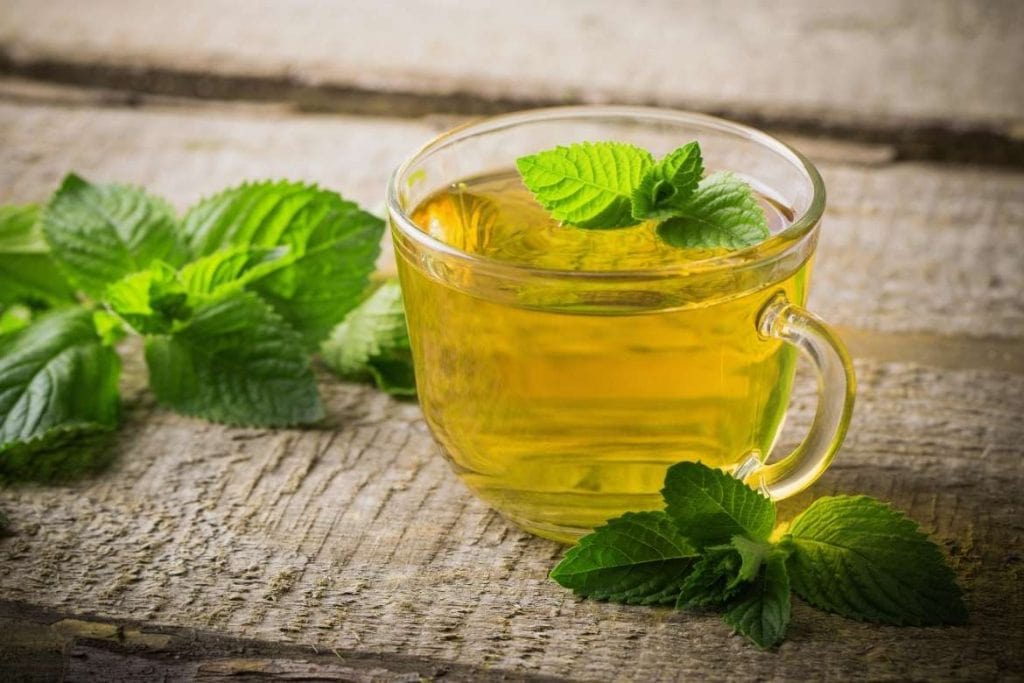
Melissa Tea
Its scientific name is Melissa officinalis, it has a leaf similar to that of mint. Its tea, in addition to antigas effect, is an antispasmodic (prevents the contraction of the stomach and intestine muscles, easing colic) due to the presence of essential oils such as citral. Melissa tea also has sedative properties, relieving anxiety and insomnia.

Note: some of the tea listed may have counter-indications for specific groups (eg pregnant women, nursing mothers), so we advise that in these cases a specialist should be consulted before consumption.
